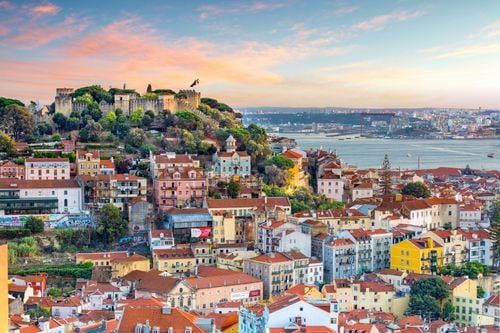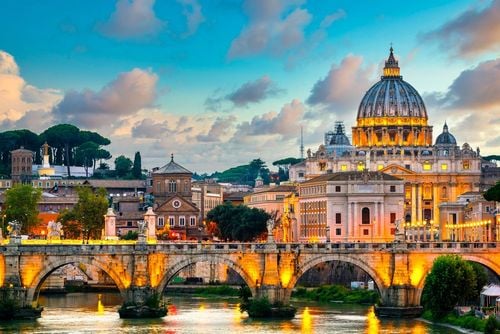Discover the "roofs of Morocco".

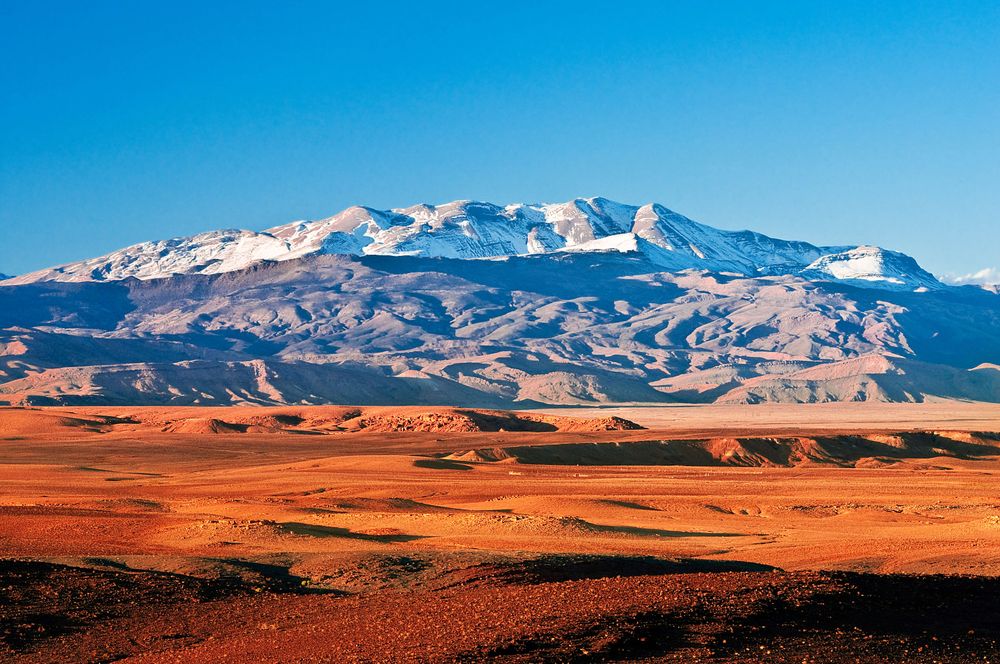
Discover the "roofs of Morocco".
Welcome to Morocco! Particularly rich from a natural, cultural, historical and heritage point of view, a trip to Morocco is a guaranteed change of scenery. Mosques, palaces and Berber-style houses are just some of the jewels to be discovered during a stay in Morocco. But above all, Morocco is a land of nature and magnificent landscapes! And what could be more magnificent than the Atlas Mountains?
This North African mountain range actually stretches across three countries: Morocco, Algeria and Tunisia. 2,500 kilometres long, this enormous massif forms a natural barrier between the Mediterranean Sea and the Sahara. The Moroccan part is undoubtedly the most impressive and varied in terms of landscapes: glowing canyons, oases and rivers, snow-capped mountains and much more await you.
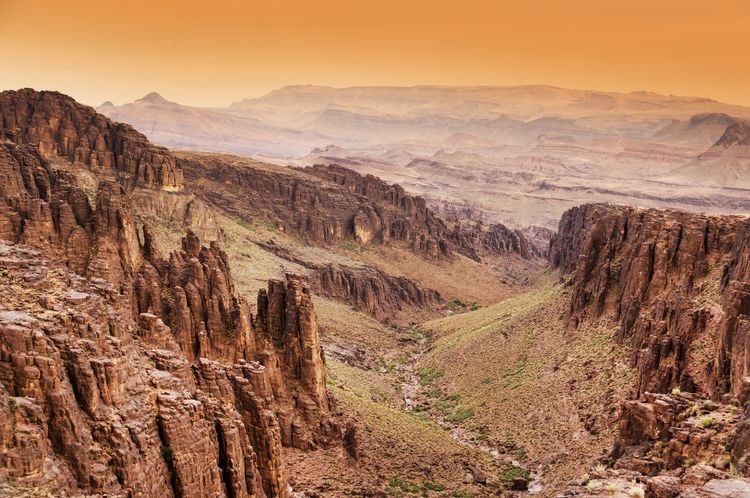
The Atlas is home to a multitude of diverse landscapes
- © Mikadun / ShutterstockThe Moroccan Atlas is divided into three massifs: the Anti-Atlas, the Middle Atlas and the High Atlas. All three are home to a wealth of uniquely beautiful natural sites waiting to be explored. But a trip to the Atlas is not just about discovering its varied landscapes. It's also about immersing yourself in the fascinating Berber culture, still very much alive in the small villages perched in the mountains or nestling in the valleys, and discovering Berber hospitality. So, which massif will be the starting point for your trip to the Atlas?
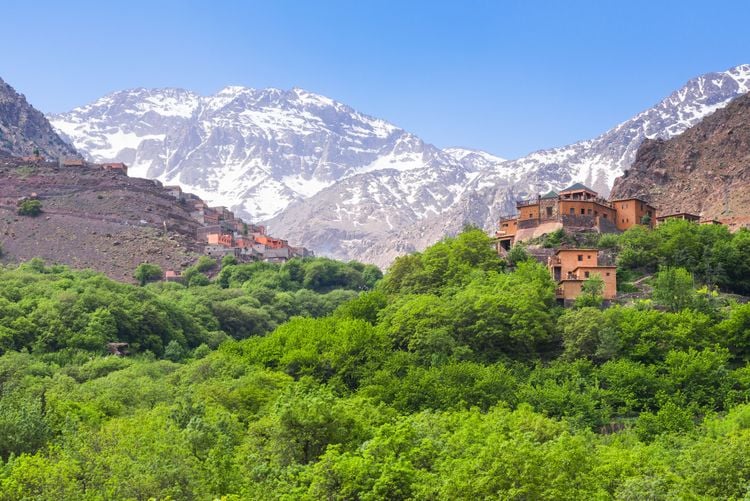
En route to Mount Toubkal, the highest peak in the High Atlas mountains
- © Alberto Loyo / ShutterstockBetween the rocky Haouz plain and the desert lies the Marrakech oasis, dominated by the eternal snow of the high Atlas peaks. This region is undoubtedly the most visited in the Atlas and is particularly good for hiking. More and more travellers are exploring the wild foothills of Mount Toubkal, for example, the highest peak at 4,167 metres! Further south, the valleys offer picturesque landscapes, punctuated by red earthen kasbahs and palm groves with Berber accents.

Landscapes of the Middle Atlas
- © Spear3Photo / ShutterstockTo the west, Meknes shines in the heart of rolling countryside planted with olive trees. Volubilis, meanwhile, boasts the largest and best-preserved Roman ruins in Morocco. You can also ski in the various winter sports resorts. Hiking enthusiasts will also love this authentic region, dominated by oak and cedar forests.
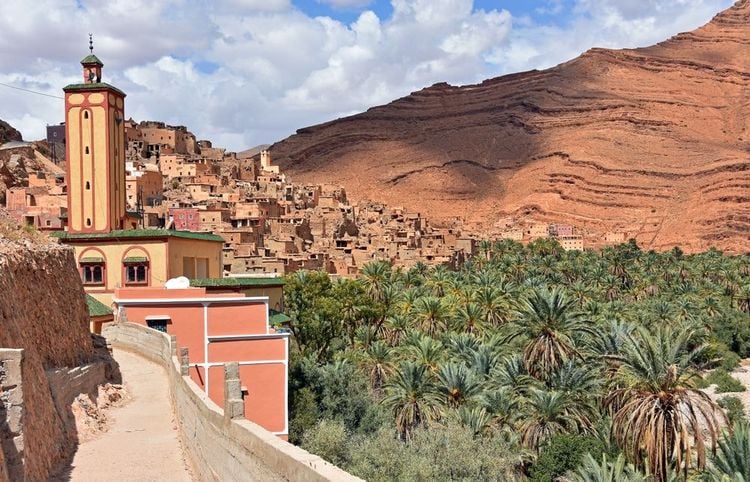
A Berber village in the Anti-Atlas mountains
- © Ulrich Senff / ShutterstockAlso known as the 'Little Atlas', but this name does not do justice to the sheer scale and beauty of the landscapes in this region: a 600km mountain range, Berber villages, lush valleys and oases in the heart of ochre and pink landscapes. The only thing that could be described as 'lesser' here is the number of tourists, despite the proximity of Agadir, which will delight lovers of tranquillity and disconnection.
So, whichever part of the Atlas you decide to explore, and however you choose to travel (mountain biking, 4x4, hiking, guided tours, day trips...), you can be sure that discovering the Atlas will be an experience you'll remember for the rest of your life!

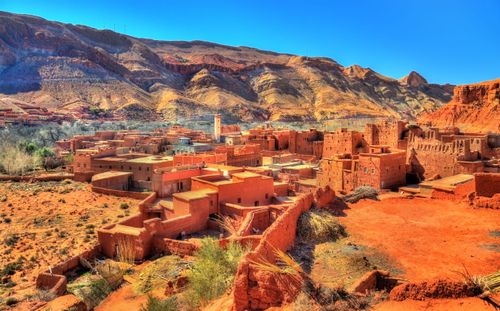
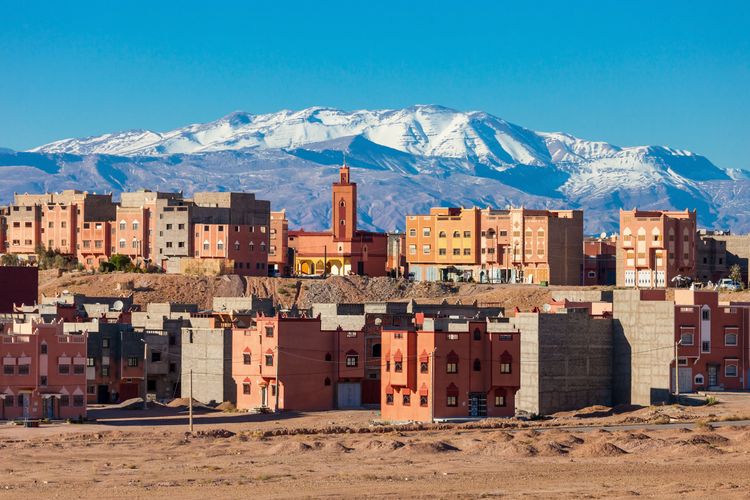 1
1
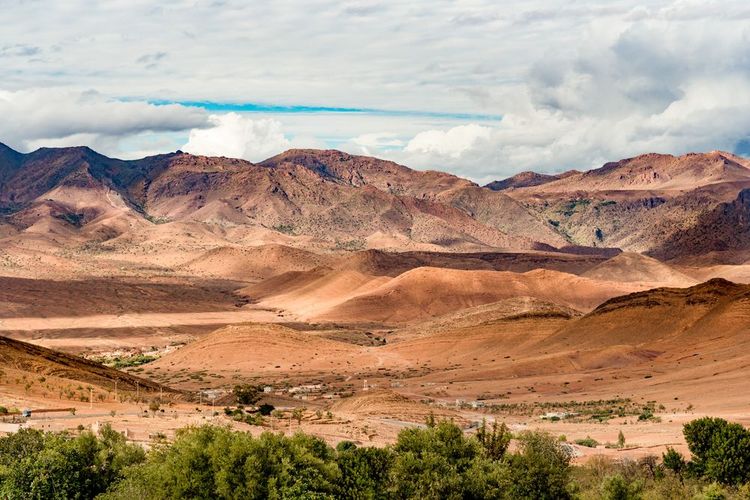 2
2
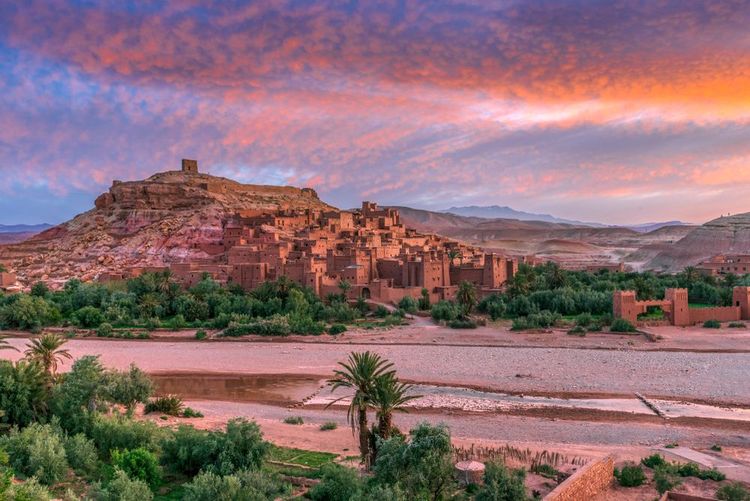 3
3
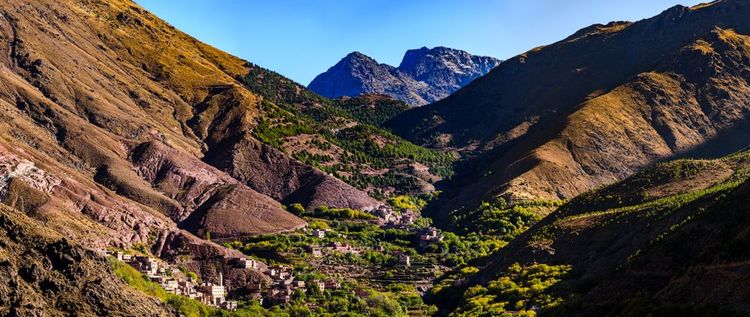 4
4
Morocco has several international airports that have the advantage of being close to Europe, with only a 3-hour flight separating Paris and Marrakech, for example. For your trip to the Atlas mountains, there are various entry points depending on which part of the country you are planning to explore.
For a trip to the High Atlas, the nearest international airport is Marrakech.
If you're exploring the Middle Atlas, you're better off choosing Fez airport.
Finally, if you prefer to explore the Anti-Atlas, Agadir airport is the nearest.
From Berber-style guest houses to luxurious hotels in breathtaking natural settings, not forgetting a night in a traditional local home... The mountains, valleys and oases of the Atlas are home to a wide range of charming and authentic accommodation! A night in the Atlas mountains, far from the hustle and bustle of the big cities, gives you the chance to enjoy the unique atmosphere of these mythical mountains.
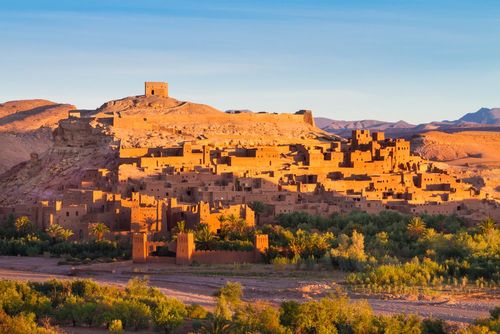
Formalities and visa
To stay in Morocco, you need a valid passport covering your entire stay. Since 18 June 2015, passports have been compulsory, including for groups on organised tourist trips. You can no longer enter Morocco on presentation of your national identity card alone.
If your stay is longer than three months, you are advised to contact the Moroccan immigration service and request an extension, which may not exceed three months. If your situation is illegal, you may be fined or deported and banned from residing in Morocco. To enter Morocco, you need a valid passport. It is forbidden by law to import or export dirhams.
Language
The language of education, administration and the media is classical Arabic; that of everyday life is dialectal Arabic and Berber, spoken mainly in the Rif, Atlas and Souss regions. Most Moroccans speak French, but Spanish and English are also spoken.
Religion
Sunni Islam is the official religion. Christians and Jews are in the minority.
Currency
The Moroccan unit of currency is the dirham (MAD). It is only available in Morocco. It is exchanged in banks and approved establishments. ATMs in major cities accept all international credit cards. Major hotels, restaurants, shops and even some shops in the souks accept credit cards.
Transport
The car is the ideal means of transport for travelling in the Atlas. You are free to stop and enjoy the scenery. The highway code is international and French is used on road signs. You can drive with your French driving licence.
Whatever airport you arrive in, you'll find a plethora of car hire companies at the airport. Check that your vehicle is suitable for your route. If your route includes tracks, ask for a 4 x 4.
The cheaper bus will take you almost anywhere. This is the most common form of public transport in Morocco. Otherwise, there are domestic flights between the major cities, and you can also take shared taxis for certain journeys. If you can, agree the fare before you set off.
In town, you can use small, inexpensive taxis. Likewise, if the meter fails, agree the fare in advance.
Health
No vaccinations are compulsory. Avoid drinking tap water or water from street vendors. Prefer spring water: Sidi Harazem, Imouzzer, Sidi Ali and Oulmès are sold in bottles.
Find out what you need to know before taking a dip in the wadis. Don't forget your bowel pills if you're fragile, and take precautions against insect bites and the sun. No vaccination certificate is required.
Tax
Tipping, or baksheesh, is a custom deeply rooted in the country's traditions. For some, it represents the only source of income. According to custom, it is better to tip little but often. Expect to pay between 10 and 15% of the total amount in restaurants if the service is not included, 10% for taxis, between 5 and 10 dirhams for hotel valet parking, and the same amount for luggage. When you leave the hotel, you will be asked to pay a mini-tax, which will be paid into the tourist promotion fund.
As you probably know, bargaining is the national sport in Morocco! Prices can sometimes be multiplied by 10 in the souks of the big cities, and even if this is less the case in the villages of the Atlas mountains, negotiation is still a must. So remember to practise! In some places, bartering is still practised, so don't hesitate to ask around.
explore Try out our comparators
It is Easy to travel

